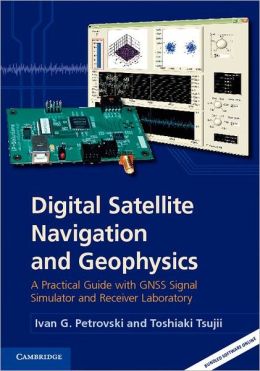 [内容简介]
[内容简介]
Bridge the gap between theoretical education and practical work experience with this hands-on guide to GNSS, which features: • A clear, practical presentation of GNSS theory, with emphasis on GPS and GLONASS • All the essential theory behind software receivers and signal simulators • Key applications in navigation and geophysics, including INS aiding, scintillation monitoring, earthquake studies and more • Physical explanations of various important phenomena, including the similarity of code delay and phase advance of GNSS signals, and negative cross-correlation between scintillation intensity and phase variations. Whether you are a practising engineer, a researcher or a student, you will gain a wealth of insights from the authors' 25 years of experience. You can explore numerous practical examples and case studies and get hands-on user experience with a bundled real-time software receiver, signal simulator and a set of signal data, enabling you to create your own GNSS lab for research or study.
[目录]
Foreword Richard B. Langley;
1. Methods of positioning with navigation satellites;
2. Presentations and applications of GNSS orbits;
3. GNSS signal generation in transmitters and simulators;
4. Signal propagation through the atmosphere;
5. Receiver RF front end;
6. Real-time baseband processor on a PC;
7. Multipath;
8. Optimization of GNSS observables;
9. Using observables in navigation related tasks;
10. Electromagnetic scintillation of GNSS signal;
11. Geophysical measurements using GNSS signals;
12. INS aiding in baseband and navigation processors.

 新书报道
新书报道